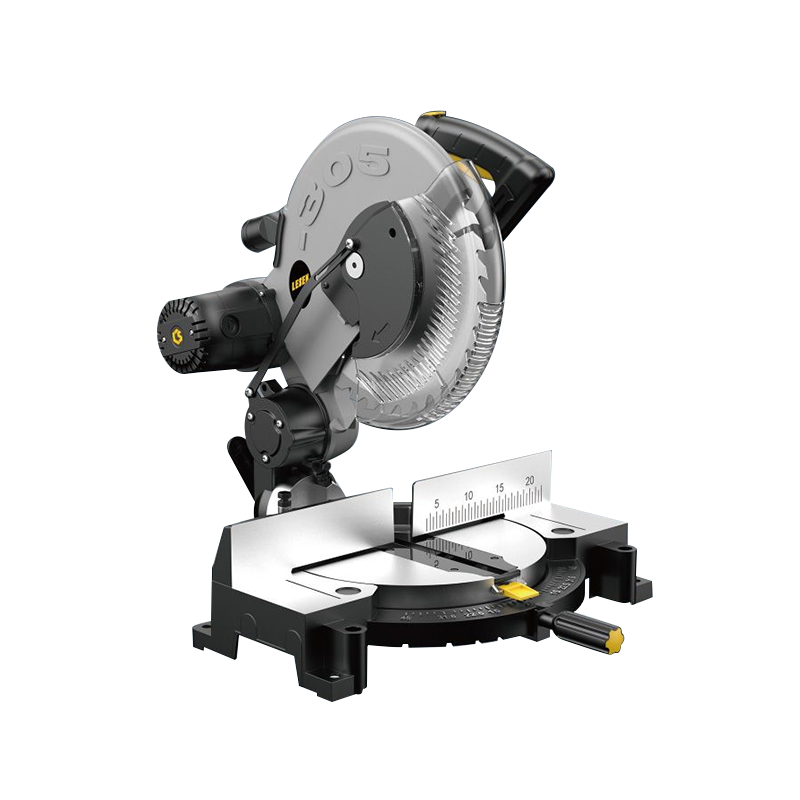
When working with aluminum, using the appropriate cutting tools is crucial to ensure clean cuts, reduce material waste, and improve overall efficiency. The aluminum cutting saw is designed specifically to handle the unique characteristics of aluminum, but its performance largely depends on the type of blade it uses. Different blade types can significantly influence cutting speed, surface finish, and durability, making it important to select the right blade for the job.
Aluminum is softer than many other metals but has a tendency to clog saw blades due to its malleability and the heat generated during cutting. Therefore, the blades used in aluminum cutting saws must be capable of reducing heat buildup while maintaining sharpness. The tooth design, material composition, and coating of a blade all affect how well it performs.
One common type of blade used in aluminum cutting is the carbide-tipped blade. Carbide tips are harder and more wear-resistant than standard steel blades, allowing them to cut through aluminum with less frequent sharpening. This type of blade generally has many teeth with a fine pitch, which helps produce smooth cuts with minimal burrs. An aluminum cutting saw equipped with a carbide-tipped blade can maintain consistent performance over longer periods, which is especially important in production settings where precision and speed are critical.
Another blade type that affects performance is the high-speed steel (HSS) blade. While HSS blades are less durable than carbide-tipped blades, they tend to be more affordable and suitable for light to moderate cutting tasks. These blades often have fewer teeth, which allows for faster material removal but may result in rougher edges. For projects where speed is more important than finish quality, an HSS blade on an aluminum cutting saw can be a practical choice.
Blade tooth geometry also plays a role in performance. Alternate top bevel (ATB) teeth are commonly used for aluminum because they provide a shearing action that produces clean cuts and reduces material buildup. Triple-chip grind (TCG) blades are another option, offering durability and good performance for cutting harder metals, but they may be less effective at preventing aluminum from sticking to the teeth.
Coatings on blades can further improve the functionality of aluminum cutting saws. For instance, blades with non-stick coatings help reduce friction and heat, minimizing the chances of aluminum sticking to the blade during cutting. This not only prolongs the blade’s life but also improves cutting efficiency and surface finish.
Choosing the wrong blade type can lead to several problems, such as excessive heat generation, rapid blade wear, poor cut quality, and even damage to the material. For example, a blade designed for cutting wood or steel may not perform well on aluminum because of differences in hardness and thermal conductivity. This can cause the blade to clog or dull quickly, leading to inconsistent cuts and the need for frequent blade changes.
The performance of an aluminum cutting saw depends significantly on the blade type used. Carbide-tipped blades with fine teeth are often preferred for smooth and precise cuts, while HSS blades may be suitable for faster, less detailed work. Tooth geometry and blade coatings also contribute to efficiency and cut quality. Selecting the right blade based on the project’s requirements and aluminum type can enhance both the lifespan of the saw and the quality of the final product. Whether for professional workshops or DIY projects, understanding these blade differences is key to achieving successful aluminum cutting results.
